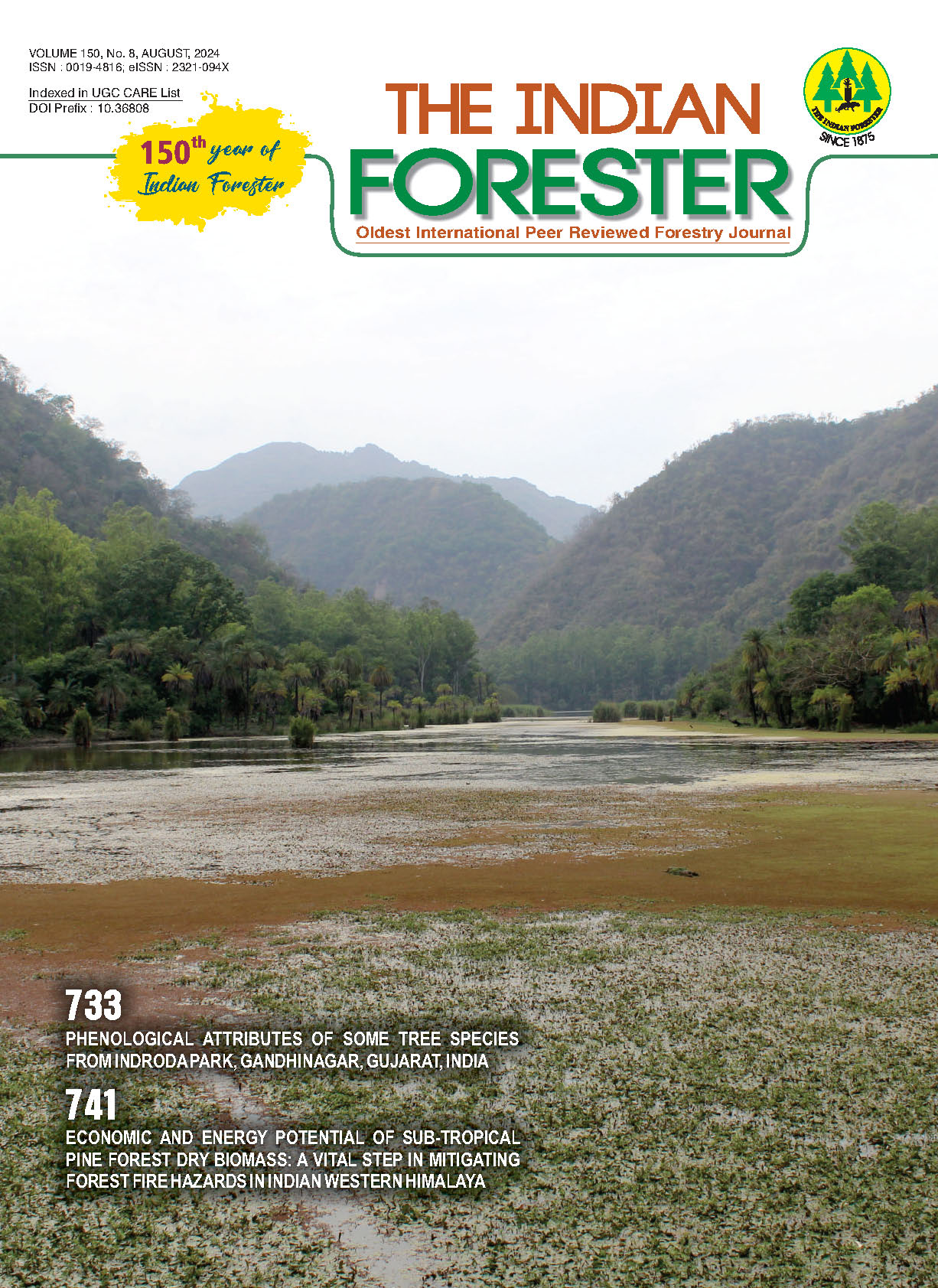Kinnal and Channapatna Wooden Handicraft Clusters: Issues and its Solution Strategy
DOI:
https://doi.org/10.36808/if/2024/v150i8/170185Keywords:
Wooden Handicraft, Kinnal Toys, Channapatna Toys, Kinnal and Channapatna Clusters, Craft Processing, Issues, Solution Strategy.Abstract
Handicrafts items are manufactured by hand with minimal tools and are generally creative and traditional in nature. The Indian wooden handicraft is a decentralized, un-organized and labor-intensive cottage-based industry which is scattered in the form of clusters. Among these clusters, Kinnal and Channapatna in Karnataka are globally known for their unique style of toys having Geographical Indications (GI) tagged handicraft products. The toys of these clusters are known for its beauty, utility and uniqueness. Both these clusters have greatest potential to offer many jobs in rural areas particularly for weaker section and women. Due to lack of skill training and better understanding between demand and supply chain both these clusters are facing several issues, like strong competition with mechanized good, processing defects in craft, middleman involvement, and marketing problems. Lack of financial and health related support to artisans, and raw material availability are other issues. Strong initiatives are required for raising the living standards of artisans to their well being and social and economic fairness. The main purpose of this study is to cover the problems face by the artisans of Kinnal and Channapatna wooden handicraft clusters and its possible solution strategies which may help in finding the alternative solution of each issue.References
Anil U.R.S. (2020). Channapatna sees a revival. The Hindu business line. Available at: https://www.thehindubusinessline.com/specials/india-file/channapatna-sees-a-revival/article32775125.ece.
Ar. Uma S.M., Shankar B. and Krishnan A.A. (2021). A study of traditional toy making in Channapatna, and proposal of an artisan village. International Journal of Recent Technology and Engineering, 10 (4): 191-195. https://doi.org/10.35940/ijrte.C6492.1110421
Babu S.G., Gautam V.S., Sarath S., Kartik A.G. and Nandish S. (2021). Case study: Educational tours of three wooden handicraft clusters of states of Andhra Pradesh, Karnataka and Tamil Nadu - Products, issues and opportunities. Wood is Good, 1(4): 1-6.
Dhamodaran T.K. and Kumar R. (2021). Alternative plantation grown timbers for revival of wooden toys and handicrafts sector in India. Wood is Good, 1(4): 41-46.
Gangopadhyay U. (2022). GI protected crafts from India that every souvenir hunter will love. Outlook India. Available at: https://www.outlookindia.com
Goudar M.M. (2020). Kinnal craft: Glorious once, but gloomy n ow. The new Indian express. Available at: https://www.newindianexpress.com/states/karnataka/2020/jan/20/kinnal-craft-glorious-once-but-gloomy-now-2091891.html
Gowda G., Vallapi R. and Babu G.L. (2019). Kinhal: The exquisite craft of Karnataka; International Journal of Innovative Technology and Exploring Engineering, 8(7): 419-423.
Hair J.F., Bush R.P. and Ortinau D.J. (2009). Marketing research: Within a changing information environment. McGraw - Hill Higher Education.
Manohar A.M. and Munshi D.A. (2018). Consumer's views on handicraft preferences: A case study on Channapatna turns wood lac ware handicrafts. International Journal of Sales & Marketing Management Research and Development, 8(4): 1-6.
Muthike G., Ali G., Oduor N., Munene P. and Githiomi J. (2022). Corrective Interventions to End-Splitting and Surface Cracking in Kenya Grown Eucalyptus grandis Poles. Open Journal of Forestry, 12(3): 380-392. https://doi.org/10.4236/ojf.2022.123021
Parthiban K.T., Fernandaz C.C., Sudhagar R.J., Sekar I., Kanna S.U., Rajendran P. and Kumar N.K. (2021). Industrial Agroforestry, a sustainable value chain innovation through a consortium approaches. Sustainability, 13 (13): 7126. https://doi.org/10.3390/su13137126
Rangaswamy J., Kumar T. and Bhalla K. (2018). A comprehensive Life-Cycle Assessment of locally oriented small-scale toy industries: A study of traditional Channapatna toys as against low-cost PVC (Poly-Vinyl Chloride) Toys made in China. Procedia CIRP, 69, 487-492. https://doi.org/10.1016/j.procir.2017.12.164
Rashmi (2019). Kinnal craft: a heritage of wooden toys near Hampi. Rashminotes. Available at: http://rashminotes.com/2019/09/30/kinnal-craft-a-heritage-of-wooden-toys-near-hampi
Subbanna S. and Viswanath S. (2021). Above-ground biomass and carbon content in select bamboo species across humid and semiarid zones of Karnataka, India. Forest Resources Resilience and Conflicts (pp. 153-163). https://doi.org/10.1016/B978-0-12-822931-6.00011-3
Yadav U.S., Tripathi R. and Tripathi M.A. (2020). Strategies for development of handicraft sector (small industries) in India. SEDME (Small Enterprises Development, Management & Extension Journal), 47(3): 175-193. https://doi.org/10.1177/097084642110374
Downloads
Downloads
Published
How to Cite
Issue
Section
License
Unless otherwise stated, copyright or similar rights in all materials presented on the site, including graphical images, are owned by Indian Forester.





